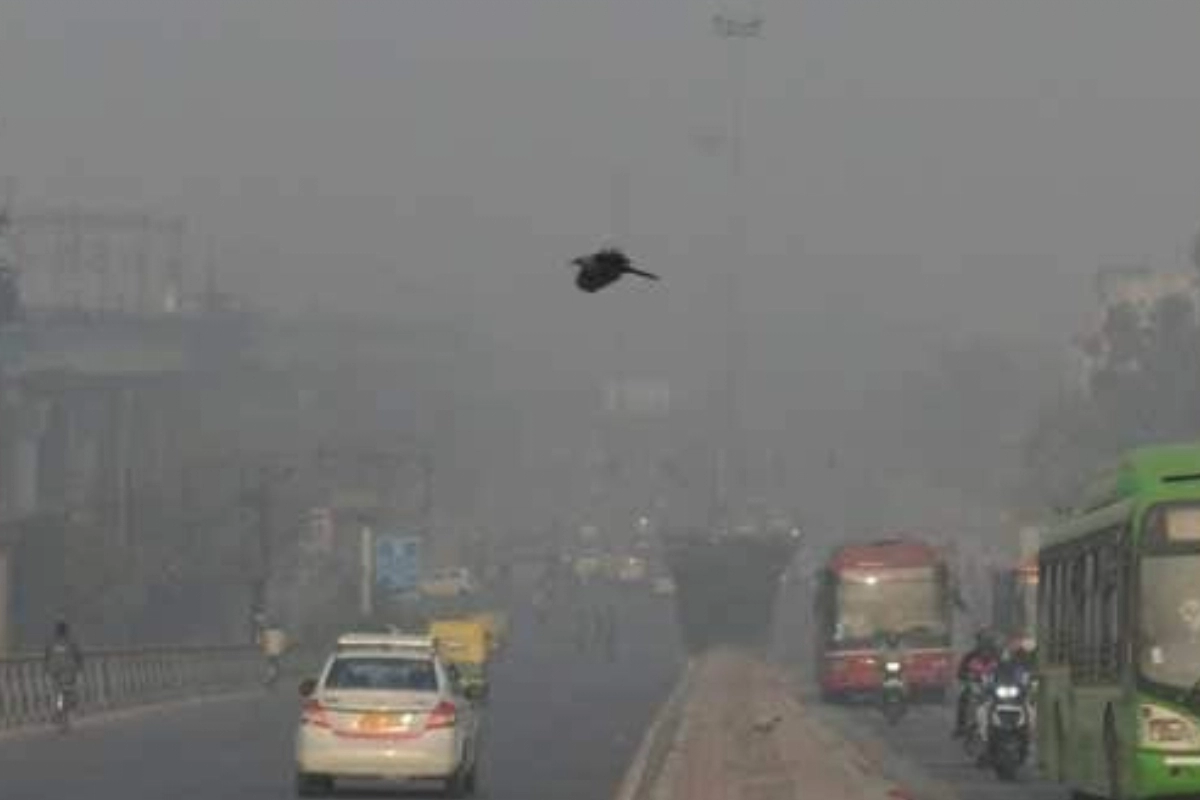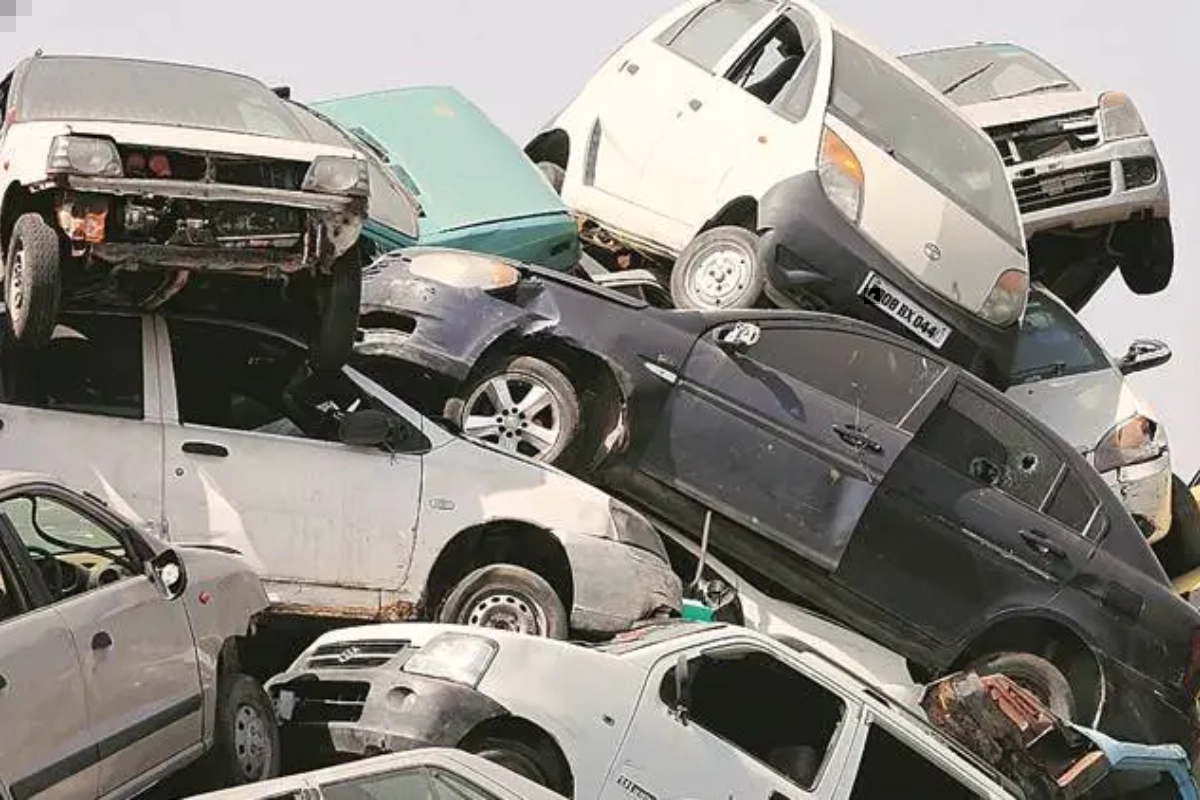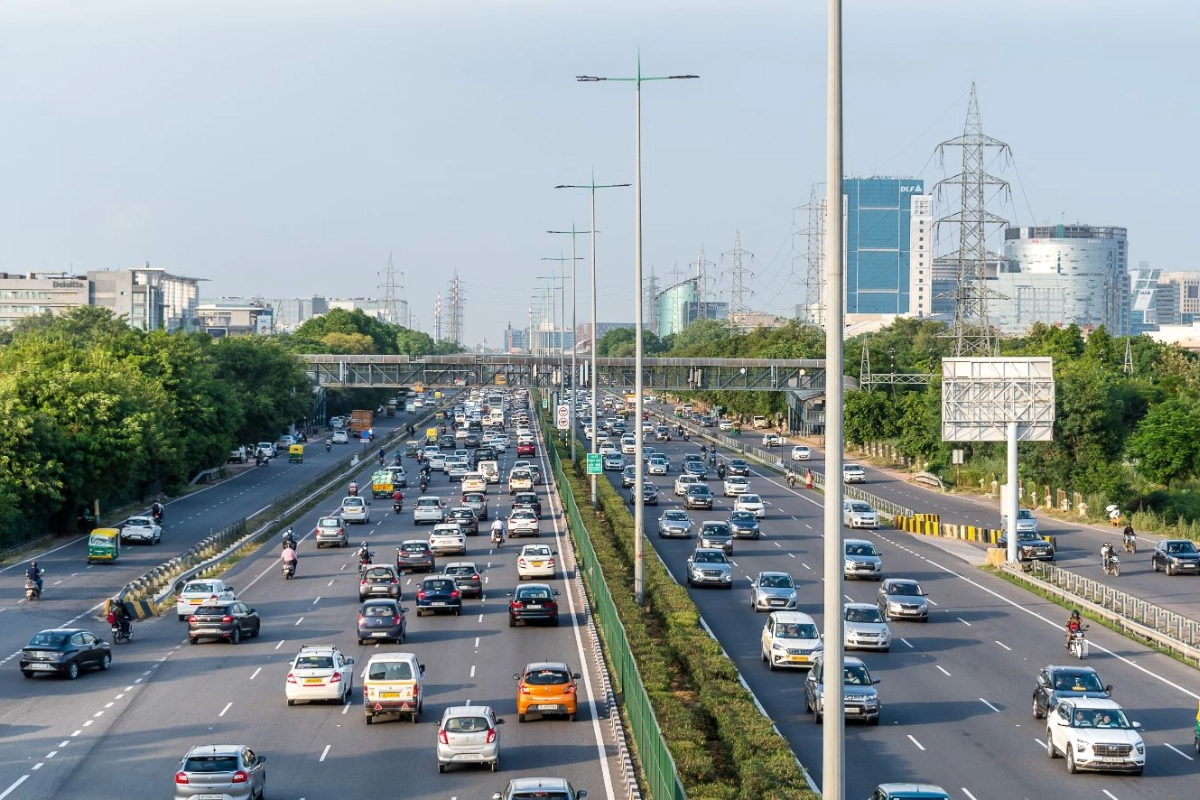Delhi-NCR Pollution: In spite of unfavourable weather conditions, including decreased wind speeds and an increase in agricultural fire events, the air pollution in Delhi-NCR keeps getting worse. On Friday morning, the national capital of Delhi was plagued by “severe plus” air quality, with an Air Quality Index (AQI) of 472. The AQI in the area of ITI Jahangirpuri was 550 at 7 a.m., whereas it was 562 in Noida (Uttar Pradesh), 539 in Gurugram (Haryana), and 563 close to Delhi University.
According to the weather prediction and dynamic model, Delhi’s overall air quality is expected to be “severe” or “severe plus” till November 5. As a result, officials have implemented the final phase of anti-pollution measures, including a ban on diesel-powered light motor vehicles.
Also Read: Twitter: Elon Musk Becomes a “Memestar” to Justify his $8 for “Blue Tick”
The state governments may decide whether to close schools, ban non-emergency commercial activity, or regulate vehicle traffic on an odd-even basis, according to the Commission for Air Quality Management, a statutory agency established in 2021 to combat air pollution in Delhi and surrounding areas. According to the CAQM, state and federal governments may authorise to allow for work from home. In order to prevent future deterioration of the overall air quality in the national capital region, it was of the opinion that Stage IV of the Graded Response Action Plan (GRAP) should be implemented with immediate effect.
The GRAP is a set of air pollution controls that will be put into place in Delhi-NCR depending on how bad the situation is.
There are four main levels it uses to categorise the air quality in the Delhi-NCR:
Stage 1 is “poor” (AQI 201-300), stage 2 is “extremely poor” (AQI 301-400), stage 3 is “severe” (AQI 401-450), and stage 4 is “severe plus” (AQI above 450).
Also Read: Pakistan: Imran Khan Injured After Gunshots at Rally; Assailant Arrested. Watch Video
The following list of anti-pollution restrictions is anticipated to be in effect in Delhi:
Under stage IV of GRAP, trucks other than electric and CNG-powered ones and those transporting necessities are not allowed to enter Delhi.
The NCT of Delhi and the Districts of the NCR bordering Delhi have a ban on the usage of 4-wheeled diesel LMVs, with the exception of BS-VI vehicles and vehicles needed for essential or emergency services.
Closing all NCR industries, even those that are still using fuels that aren’t on the permitted fuels list and are located in places without PNG infrastructure or supply.
The manufacturing of life-saving medical equipment, technologies, pharmaceuticals, and medicines will be excluded from the aforementioned restrictions, as will industries like milk and dairy units.
Ban on C&D (construction and demolition) operations for linear public projects including roads, bridges, flyovers, pipelines, electricity lines, etc.
The NCR State Governments/GNCTD will determine whether to permit public, municipal, and commercial offices to operate with 50% of their regular staff present while the other to work from home.
Keep watching our YouTube Channel ‘DNP INDIA’. Also, please subscribe and follow us on FACEBOOK, INSTAGRAM, and TWITTER












